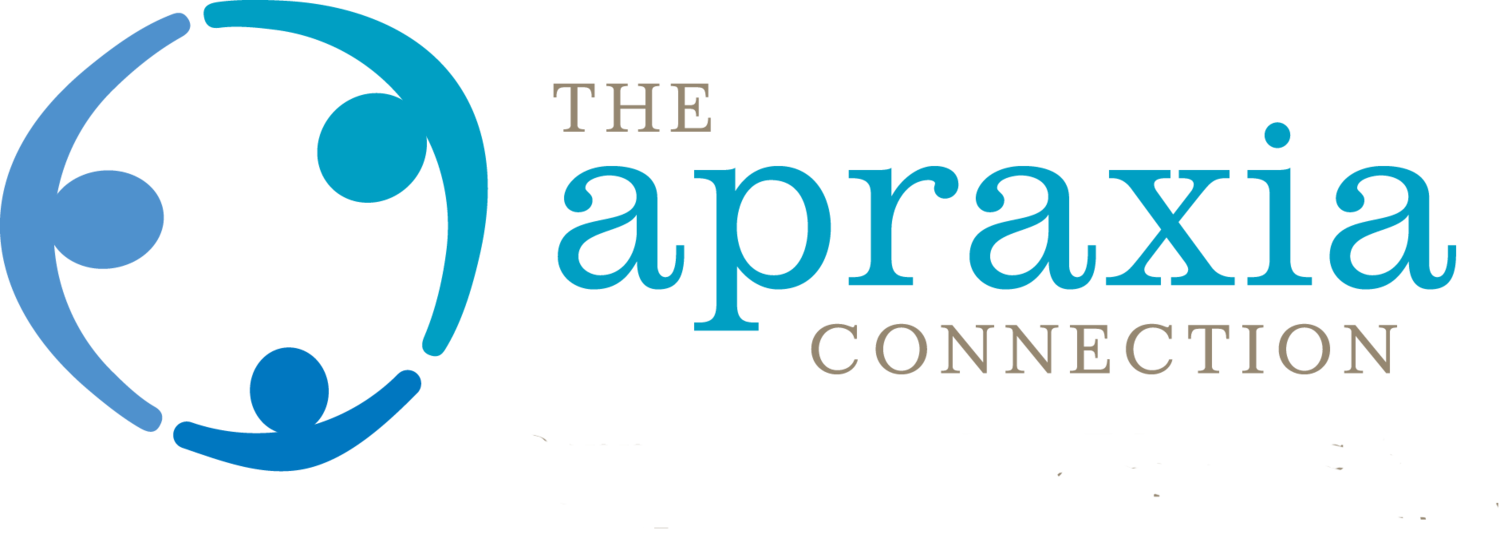Apraxia can be seen in several areas including oral and verbal communication skills, ocular motor skills, gait and limb. Apraxia can range from mild to severe/profound. People with apraxia often cannot perform controlled, purposeful movement, although the physical strength and intellectual thought and desire to do so is present. Apraxia is believed to stem from disorders in the parietal lobes of the brain.
The American Speech and Language Hearing Association (ASHA) defines childhood apraxia of speech (CAS) as a neurological childhood (pediatric) speech sound disorder in which the precision and consistency of movements underlying speech are impaired in the absence of neuromuscular deficits (e.g., abnormal reflexes, abnormal tone). CAS may occur as a result of known neurological impairment (stroke or other brain trauma), in association with complex neurobehavioral disorders of known or unknown origin (autism, Down syndrome, Fragile X syndrome, etc.), or as a neurogenic speech sound disorder with unknown cause. The core impairment in planning and/or programming spatiotemporal parameters of movement sequences results in errors in speech sound production and prosody (the rhythm and patterns of speech). What does this all mean? A person with apraxia has trouble connecting what they want to do or say in their brain with the actual sound, word, sentence or motion in spite of the appropriate muscle support to do so.
Also, ASHA reports that other children who have disorders such as autism, Fragile X, epilepsy, galactosemia, Prader-Willi Syndrome, Rett Syndrome and chromosome translocations involving deletions and duplications also show signs of varying degrees of apraxia including limb apraxia. Equally, children with apraxia may also have sensory processing difficulties according to Apraxia-Kids, a national resource on childhood apraxia of speech (www.apraxia-kids.org ).
Educationally, a student with apraxia will have unique needs. While their receptive language skills are often age appropriate or higher, their expressive language skills are below their age levels resulting in not effectively demonstrating what they have learned. This leads to a great deal of frustration for the student with apraxia. There are often social language deficits found from the inability to effectively communicate with peers and adults. Difficulties with reading, writing and other learning disabilities are many times associated with apraxia as well
Apraxia affects each person differently. Finding effective, working options for students to participate successfully in the classroom is an important job for educators, therapists and parents. Occupational, physical, and speech therapists working together and with students [both in and out of the classroom], in conjunction with teachers and parents, can provide important information on adapting instructional and classroom materials to decrease frustration and to enable students to participate. Help for some students may also come through assistive or adaptive technology specifically tailored to the needs of the person with apraxia.
